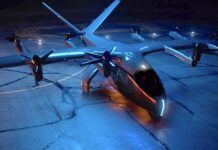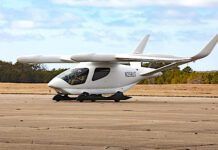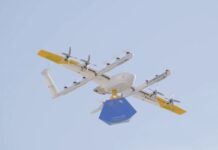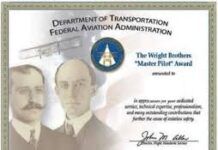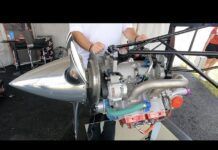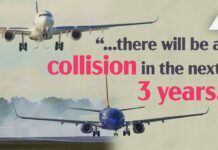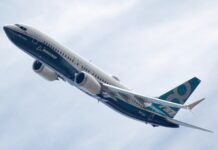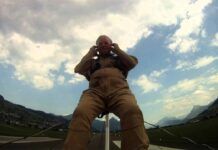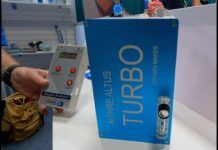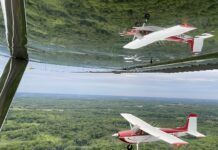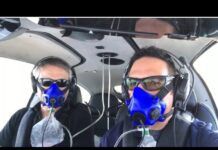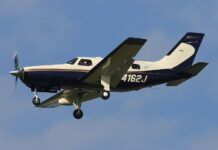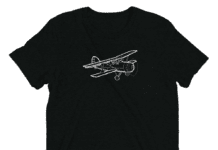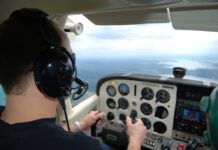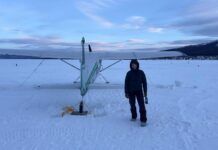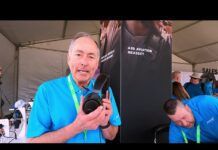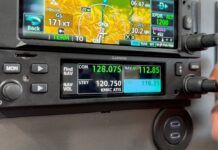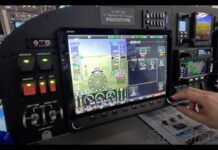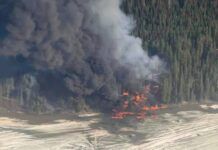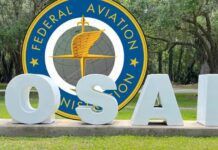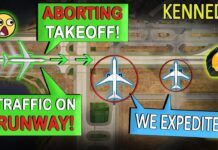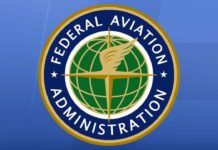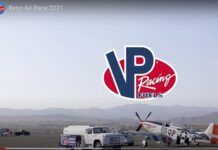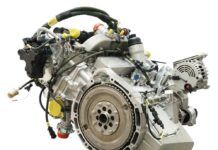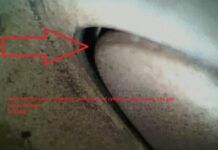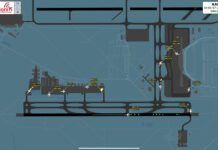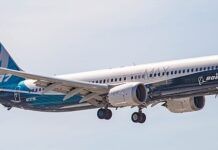 After you’ve decided on type, size, seating capacity, engine,airframe, mission, performance, and so forth, ad infinitum, you eventually get tothe two final considerations: How much will it cost to buy and how much will it cost tooperate?
After you’ve decided on type, size, seating capacity, engine,airframe, mission, performance, and so forth, ad infinitum, you eventually get tothe two final considerations: How much will it cost to buy and how much will it cost tooperate?
The first part of this question is beyond the scope of this article, but here’s a goodway to figure out the answer to the second: Start with the fuel burn per hour, then doublethe cost of that fuel. For a relatively new airplane, this should be a quick way toapproximately figure the hourly operating cost and should include fuel, oil, tie-down,100-hour or annual inspection, reserve for overhaul and routine replacement of parts.(We’ll talk about older airplanes in a moment.)
For instance, if you’re looking at a late-model Cessna 182 or a Piper Dakota that burns13 gallons per hour, and if fuel costs $2.00 a gallon, the operating cost should be prettyclose to $52 per hour. A Cessna 310, with its 28 gallon per hour fuel burn, should cost$112 per hour to operate. ($2.00/gallon X 28 gallons X 2 = $112.)
This figure must then be adjusted in consideration of the plane’s age. My rule of thumbhere is to increase the cost figure by 25% for each 10 years since the airplane wasmanufactured. In other words, add 50% for a 20-year-old airplane, 75% for a 30-year-oldairplane, and so on.
Watch Out For Bargains
I’ve had people tell me something like this: "I only have $20,000, but I want anairplane that’s as fast as possible. So I’m considering an older high performance singleor twin." Now it’s true that you can buy an older Cessna 210, Piper Cherokee, Cessna310 or Aztec for $20,000 or even less. But if you have only $20,000 to spend in the firstplace, you can’t afford the upkeep.
Here’s why: A 1959 Cessna 310 selling for $20,000 actually costs the same (actually,even more) to operate than a 1981 Cessna 310 that sells for $180,000. Remember that theoperating cost is about double the cost of the hourly fuel burn — but that’s only part ofthe story. You now need to multiply that factor by 25% per 10 year period since the planewas produced. In this example, the Cessna 310 is 31 years old. So its hourly operatingcost is not $112, but $112 plus another 75% — a grand total of $196 per hour! Ifyou can spend only $20,000 on the plane, will you really have nearly $200/hour to operateit? Not likely.
Buy Affordable, Buy Young
The moral? Don’t buy more aircraft than you can afford to operate, and buy as new asyou can, and you won’t regret moving down several models from your ideal. Generallyspeaking, I don’t buy any aircraft built before 1975, though this policy varies slightlyfrom model to model, and can’t be used as an absolute rule-of-thumb. Some aircraft corrodemuch faster then others, and there just are not many pre-75 models that have not sufferedfrom corrosion. Of course, it also depends where the aircraft was based, whether it washangared or tied down outside, and so forth.
I would insist that before refurbishing any aircraft, it must have no damage, nosignificant corrosion, and complete logs. The aircraft must also be ready for engineoverhaul, and the previous engine must have gone the full TBO (or close to it). This lastpoint is important, because an engine that has reached TBO has most likely been properlymaintained. It shows that the previous owner was more concerned with safety than he waswith the cost of safety. And if he was concerned enough to take care of his engine,he was probably concerned enough to take care of the rest of the plane, too.
If you have a first run engine that has gone to the full TBO — assuming TBO is 2,000and the aircraft has only 2,000 hours total time, airframe and engine — you wouldcertainly want to keep this engine and have it rebuilt instead of getting an exchange.Conversely, if the engine has been remanufactured or overhauled several times or didn’tmake it to its last TBO, an exchange engine would be an excellent consideration.
When you refurbish an aircraft, you have the engine remanufactured, completely stripand repaint the aircraft with Dupont Imron or other polyurethane paint, and install acompletely new plush interior. Also refurbish the airframe with a complete annualinspection, and then go further. The purpose of an annual inspection is to repair orreplace anything that’s broken, non-airworthy or that will become non-airworthy in thecoming year. When you go through the airframe, you want to repair or replace any item thatis likely to become non-airworthy within the next three to four years.Naturally, this often requires a lot of parts, and the older the airplane, the more partsit’s going to need. So even though the cost of the engine, paint and interior are equalfor an aircraft built in 1960 or 1981, the cost of refurbishing the airframe is muchgreater for a 1960 model simply because of its age.
An Older Aircraft Is … Well … Older
Also remember that older aircraft won’t bring prices as high as newer ones, no matterhow superb the refurbishment. Remember, there is nothing you can do — no amount of moneyyou can spend, and no modification you can have installed — that will make the title ofthe aircraft reflect a newer year. No matter what, that 1970-whatever will never be a1997. And although you often see ads in the paper for refurbished or highly modifiedaircraft that have been assigned a "newer" year of manufacture, that is strictlythe doing of the seller, has no legal meaning, and therefore no additional value.
It becomes economically impractical to refurbish aircraft older then about 1975 (again,depending on model). The most important thing to remember is that there is absolutelynothing you can do to an aircraft that will reflect a new year when somebody runs a titlesearch on it. If you start with a 1970 airplane and try to refurbish it, it will always bea 1970 airplane, no matter what you do.
Here’s an example. I can buy a 1979 Skylane with a run-out engine at the currentwholesale price of about $75,000. A remanufactured engine costs $10,000, paint is $5,000and the interior is about $3,000. On top of these, I’ll spend about $2,500 on an annualand airframe refurbishing. (All those prices are at dealer cost — you’d probably pay agood deal more.) That’s a total of $95,000 — my cost as a dealer. I can sell the planefor $98,000 and not even make enough profit to make sense.
Now let’s take a 1960 Skylane that I can buy with a run-out engine for $30,000. Aremanufactured engine will cost slightly more, because it takes some extra hoses and otherodds and ends, so let’s call it $11,000. The paint is the same at $5,000, but more of theinterior plastic will have to be replaced to the tune of about $6,000. But the biggestjump is the annual and airframe refurbishing at over $4,000. When you add it up, you’llsee that I’ve created an aircraft that costs me $58,000, and which, if I’m lucky, I cansell for $49,000 because of its age. What a great deal: a terrific plane and I’ve onlylost $9,000!
If it doesn’t make sense for me as a dealer, it makes even less sense for you.
A Word About Radios
Compared with the rest of the plane, radios are cheap, and the relatively smallinvestment you make in them can only be partially recouped on resale. Barring this, youcan always remove them when you sell the plane and put them in your next aircraft.However, this is not usually economically viable, and especially not on larger aircraftwith more sophisticated systems. You can also install used radios — an idea that makessense on such items as HSI, radar or stormscope. After all, you’ve bought, or are buying,a used plane with used radios in it anyhow, so why not consider putting in additional usedradios?
If you wind up buying a lemon because of engine or airframe problems, you’ll have thatproblem for a long time, and spend plenty trying to fix it. Sometimes it isn’t evenpossible to fix, such as an airframe out of rig due to damage history or significantcorrosion. But if you’ve bought a plane with bad radios, you can cure it quickly, muchmore inexpensively, and for all time.
This advice applies mostly for cheaper airplanes. After all, for $20,000, you can’texpect everything, especially since the engine and airframe come first. However, by thetime you’ve moved up to a $70-80,000 plane, you have a perfect right to expect more,including all the bells and whistles.
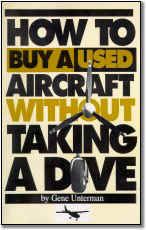 Summary
Summary
When shopping for a used airplane, what are the most important things to look for? Astrong engine and a good airframe. Remember that when your engine fails at 10,000 feet, orwhen a wing falls off, all the fancy radios in the world won’t do you a bit of good. So ifyou’re worried about avionics, get your priorities straight, and make your decisionaccordingly.
By the way, I’ve actually had people make a decision on an aircraft on the basis of itscolor. Don’t do that. It’s dumb.



